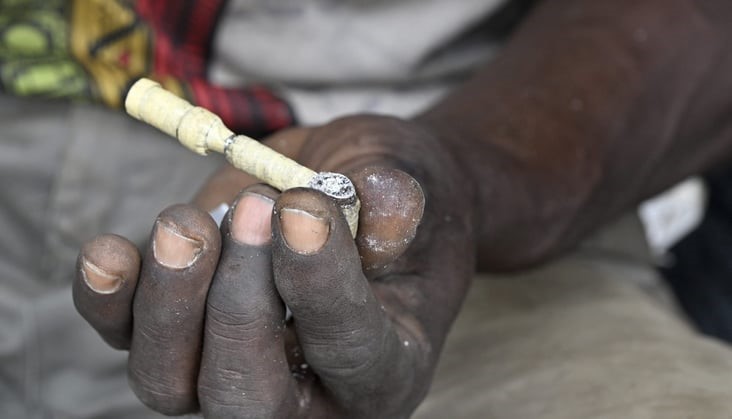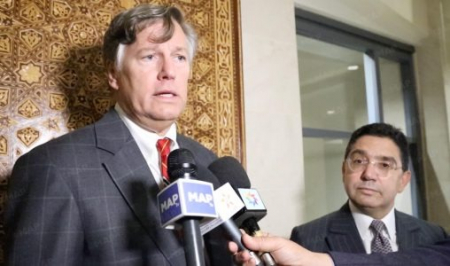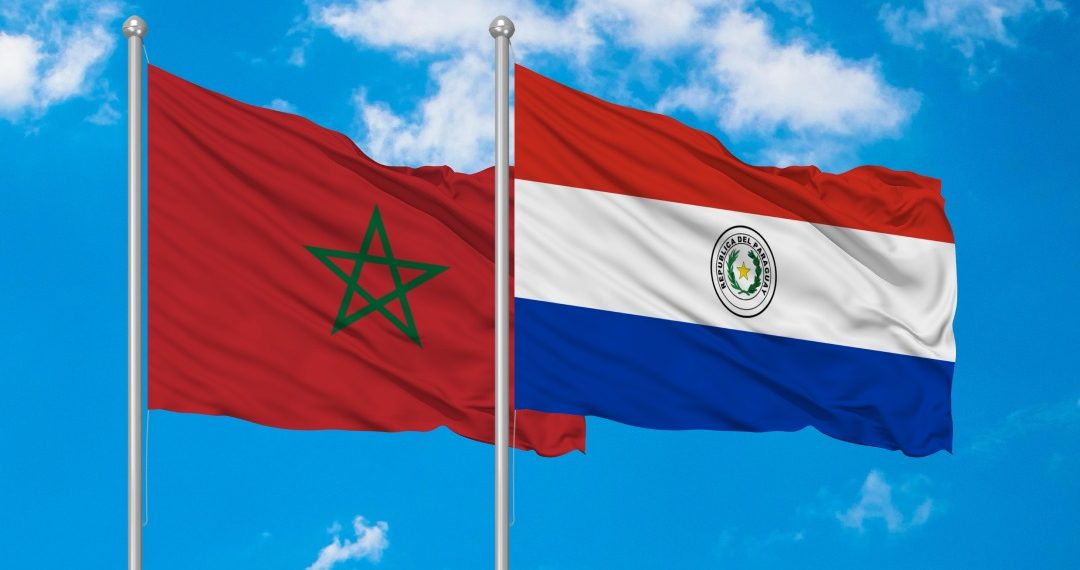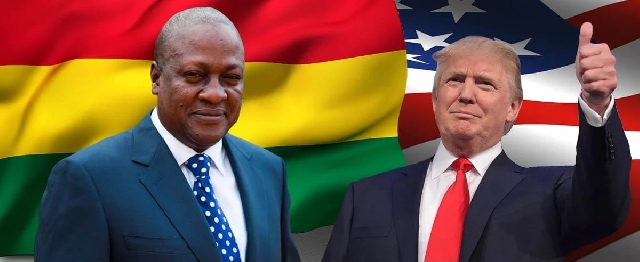Drug trafficking through West Africa to Europe is deepening addiction and straining public resources in some of the world’s poorest countries.
Cocaine bound for Europe is increasingly ending up in the hands of young people in West Africa, fuelling addiction in countries with almost no treatment facilities.
The United Nations sounded the alarm last year that smuggling through the Sahel – a semi-arid region below the Sahara where poverty and armed groups are rife – was on the rise, noting an increase in large-scale cocaine seizures in recent years.
But government officials, doctors and researchers say such trafficking – in addition to providing money for criminal groups – leads to contraband spilling over into the local market in low-income countries, where treatment options are sparse.
“Once it finds its way into the system, even if the rationale behind it is to export it to other countries, some will find itself within the country,” says Alexander Twum-Barimah, deputy director general of the Narcotics Control Commission in Ghana.
The Latin America-West Africa route
West Africa has long been “a natural stopover” for drugs — mostly cocaine from Latin America — headed to North Africa and Europe, according to a 2024 report by the UN Office on Drugs and Crime (UNODC). Most shipments move by sea, though traffickers are increasingly using overland routes.
Heroin and meth from Asia also pass through the region, en route from East and Southern Africa towards Europe, said the UN.
While drug profits are higher in Europe, some contraband ends up diverted along the way, notably when low-level traffickers are paid in-kind, experts say.
Top of Form
offers from The Africa Report’s partners
Bottom of Form
According to the Global Initiative Against Transnational Organized Crime (GI-TOC), as much as 30% of Europe’s cocaine could be transiting through West Africa, as routes from South America come under pressure from law enforcement and European demand rises.
The problem of drug abuse is not new in West Africa, and some drugs, including cannabis and meth, are produced locally. But countries in the region can hardly handle the influx from trafficking.
UN data from 2019 shows that 14.4% of Nigerians aged between 15 and 64 years had used drugs in the past year – more than double the global average of 5.6%.
That figure is expected to keep rising, said UNODC’s country project officer for Nigeria, Akanidomo Ibanga, citing trafficking, the spread of conflict and a booming youth population with limited economic opportunities.
Rehab centres lacking
Six states in Nigeria don’t have a single drug treatment centre, while another nine only have one, according to a 2022 count.
With only 2,500 rehab beds nationwide, Nigeria can treat about 10,000 people a year — a fraction of the three million who need help, Ibanga says.
On a quiet street on the outskirts of Abuja, an unmarked gate blends seamlessly into the row of modest homes. Behind it lies the discreet headquarters of Vanguard Against Drug Abuse (VGADA) Detox Centre, a rehabilitation centre whose anonymity is intentional.
[The] 600,000 naira ($400) monthly fee for in-patient therapy is heavily discounted – yet still nearly nine times the minimum wage
The facility offers a shield of privacy to the young Nigerians who seek refuge and recovery within its walls. Inside are chess boards, a ping pong table and meeting spaces for group therapy.
Abraham Hope Omeiza, the founder of VGADA, says its 600,000 naira ($400) monthly fee for in-patient therapy is heavily discounted – yet still nearly nine times the minimum wage. The 500 or so people treated in both in-patient and out-patient therapy each year “is not enough”, Omeiza says.
Shifting local markets
Moving drugs through West Africa also entrenches corruption in the region, researchers warn.
In Sierra Leone, investigative journalists have linked Dutch national Jos Leijdekkers, who is on Europol’s most-wanted list for cocaine trafficking, to the local political elite, including the president’s family.
The country, which only has a single psychiatric hospital, is currently battling an epidemic of people using kush – a synthetic-cannabinoid used locally – as well as crack, derived from cocaine.
Ibrahim Kargbo, a senior director at the National Drugs Law Enforcement Agency, says his agency is worried Sierra Leone “is rapidly becoming a trafficking corridor”.
In Ghana, a 2021 survey found cocaine was the most widely abused drug in the greater Accra region, followed by heroin and crack.
The region is also seeing an influx of tramadol, an opioid imported for the domestic market but which has been aided in part by the success of heroin dealers.
In recent months, Ghanaian authorities have put out education campaigns against ‘red’, a high-strength variant of tramadol.
“If you are in that space where you cannot afford heroin, you rely on red,” says Maria-Goretti Ane Loglo, a legal practitioner in Ghana and consultant for the International Drug Policy Consortium (IDPC).
Behind the statistics are people like Nana Twum, a farmer in Ghana’s Western Region. “When I use them, I feel stronger at work,” he said. “But I have realised it is affecting me because I become weak when the drug wears off.”
He added that he was hoping to wean himself off. Within weeks, he was receiving treatment at the Nkwanta Regional Hospital. “The process has not been easy, but I know it is the best choice,” he said.
By The Africa Report
(With AFP)



